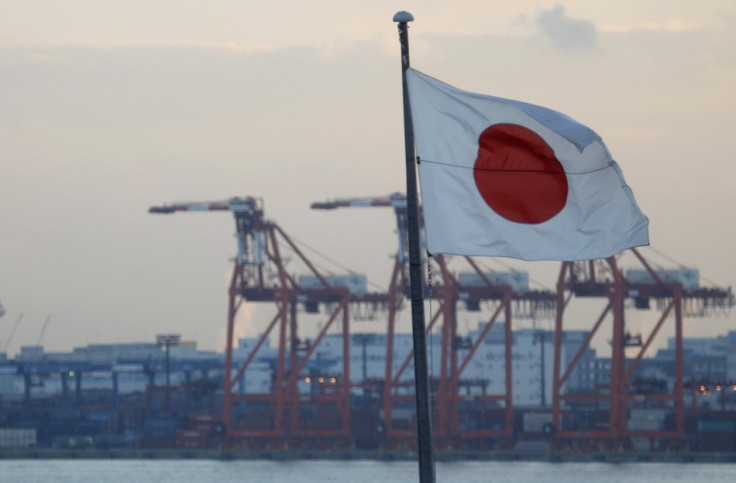Japan Posts $8.1Bn Trade Deficit in February as Exports Suffer
Data highlights challenges ahead of Japan's efforts to boost economy

Japan has posted another trade deficit in February, though at a narrower rate from the previous month, highlighting weak conditions that challenge government's efforts to boost the economy.
According to the Ministry of Finance, exports dropped 2.9 percent during the month while imports rose 11.9 percent, leaving the trade balance with a deficit of ¥ 777.5bn (($8.1bn, £5.3bn, €6.2bn).
Shipments to European Union fell 9.6 percent while those to US gained 5.6 percent. Exports to China, Japan's key market, fell 15.8 percent as the Lunar New Year holidays affected business activities.
It is the eighth consecutive month of deficit for Japan, but is lower than the record ¥1.63tn yen posted in January.
The figures come as Japan's government is seeking aggressive measures to boost the country's ailing economy, which has been hurt by the slowing global economic demand.
Exports, which are a major driver of Japanese economy, have dropped in seven of the last eight months. Although recent stimulus optimism has pushed the yen to record lows against the dollar in the recent months, analysts point out that its effect is yet to become visible.
"There's a time lag until the weakening yen will push up exports," Yoshimasa Maruyama, chief economist at Itochu Corp told Bloomberg.
But some analysts have also pointed out that there is a falling demand for Japanese goods in China and Europe and hence a weak currency alone may not help Japanese exports.
Import rates continue higher due to Japan's need for energy supply as its nuclear plants remain idle after the earthquake and tsunami in 2011. Analysts add that the weakness in the yen pushes the cost of imports.
Bank of Japan's new governor Haruhiko Kuroda, who is a vocal advocate of bold monetary easing measures, is expected to hold his first press conference later in the day. Media reports have suggested that he will pledge aggressive steps to hasten efforts to reach the inflation target of 2 percent.
© Copyright IBTimes 2025. All rights reserved.





















